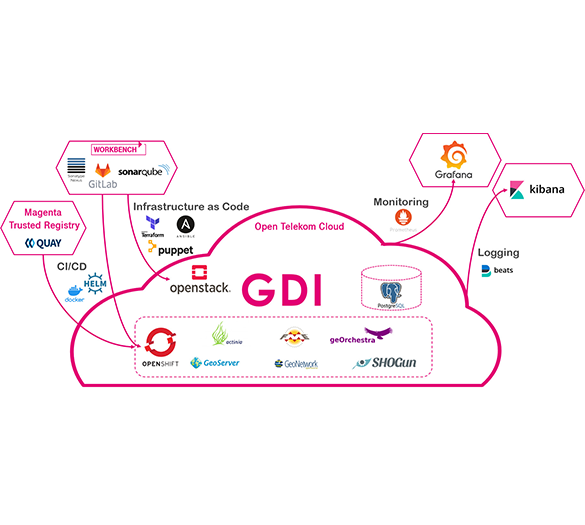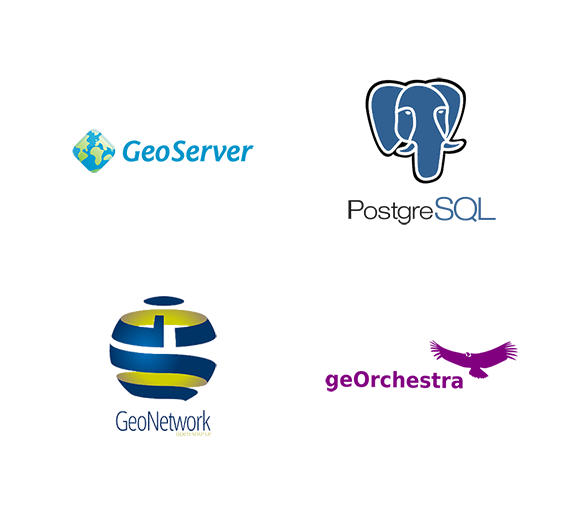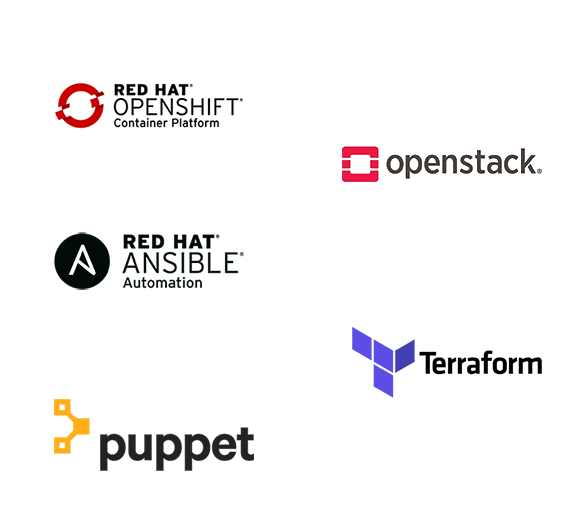Customer Journey Deutsche Telekom
- For a fast broadband expansion
- Accelerating the Digital Agenda
- Faster into the future
From Paper to Pod - FTTH
Starting 2021, two million German households are to be supplied with a fiber connection by Deutsche Telekom AG. Per year! With a conventional approach, this target would hardly be achievable for Deutsche Telekom, as there was only one scalable parameter: manpower.
It’s important to know that there are various options when it comes to burying the fiber optic cable, as it is actually called. Either existing empty tubes are used or new lines are laid. In other cases, it’s not necessary to rip open the entire road: with the so-called "trenching" technology, only a small furrow is dug. The best option for each case depends on a number of factors such as surface properties, existing infrastructures or ownership.
In the past, planners first had to obtain all this information and then decide what the ideal procedure would be. Since this is a mainly manual process, it meant in the past that if more routes were to be laid, more planners had to be engaged.
In order to be able to meet the ambitious expansion targets set by politicians, Deutsche Telekom launched the FTTH Factory in 2017 - FTTH stands for "Fibre to the Home". The requirement was to automate as many tasks of the planning process as possible and thus make them scalable. This goal could not be achieved without external Know-how, so external service providers like the IT company Camptocamp, among others, were brought on board.
Comprehensive spatial data infrastructure
At the heart of the FTTH Factory is the comprehensive Spatial Data Infrastructure (GDI), which obtains its data from various sources partly publicly accessible, such as OpenStreetMap, but also uses official cadastral data. In addition, LiDAR and panorama scanners mounted on Deutsche Telekom vehicles are also used. The resulting 3D views are supplemented with aerial photographs in areas that are not accessible to vehicles. The collected data is automatically analyzed using an artificial neural network and various image recognition methods. This enables a very high degree of accuracy in the classification of surface properties. The surface types determined in that way serve as a basis for the route computation, which in turn is essential to install the fibre optic house connections as cost-effectively as possible.
Since the preparatory work is now much less labor-intensive, the FTTH Factory makes life much easier for planners [PB1] . The app provides them with the various options, so they can take a decision about where the cables will actually be laid. The aim of the FTTH Factory is to increase the output of the previous planners.
Camptocamp is primarily involved in the development of the spatial data infrastructure and is particularly responsible for setting up the server infrastructure and providing operational support. The infrastructure is located in the cloud and can, thanks to Infrastructure as Code, be rebuilt at any time. Although the server infrastructure was developed specifically for the fiber optic expansion of Deutsche Telekom, the Know-how gained in the project can also be used for other applications in the future.

Open Source & the Cloud
After almost three years of preparation, the FTTH Factory went live in January 2020. Not the worst timing, as it became apparent shortly afterwards. The Covid-19 crisis forced millions of employees to work from home and vividly proved the urgency of a nationwide fiber optic supply.
Just how highly the FTTH Factory is valued at Deutsche Telekom was already evident a few months earlier.
The project won the internal "Lead to win" award in the field of innovation - from over 300 applicants. The award is not only a confirmation of the outstanding work, but also a vote of confidence: the FTTH Factory has proven that open source technologies can do a great job even for a telecommunications giant.
Following the successful rollout, Deutsche Telekom is now taking off: the new planning process, which was initially used primarily in rural areas, will soon ensure faster Internet access in large cities such as Hamburg and Düsseldorf.
Deutsche Telekom
Deutsche Telekom is one of the leading telecommunications providers in the world. In recent years, the former classic telephone provider has increasingly become a service company that offers all telecommunications services from a single source. However, the core business remains the sale and distribution of networks and connections.

Contact us to start your personal success story!
Career
Interested in working in an inspiring environment and joining our motivated and multicultural teams?
- Senior Infrastructure Engineer (m/f/d) - Zurich/Olten
- ERP Consultant Odoo Smartcamp (m/f/d) - France
- IT Project Manager (m/f/d) - Zurich/Olten
- GIS Technical Consultant (m/f/d) - Zurich/Olten
- ERP Consultant Odoo Smartcamp (m/f/d) - Zurich/Olten
- Odoo Developer Internship (m/f/d) - Chambéry
- Odoo Developer (m/f/d) - Olten/Zurich/Munich
- ERP Project Manager (m/f/d) - France



